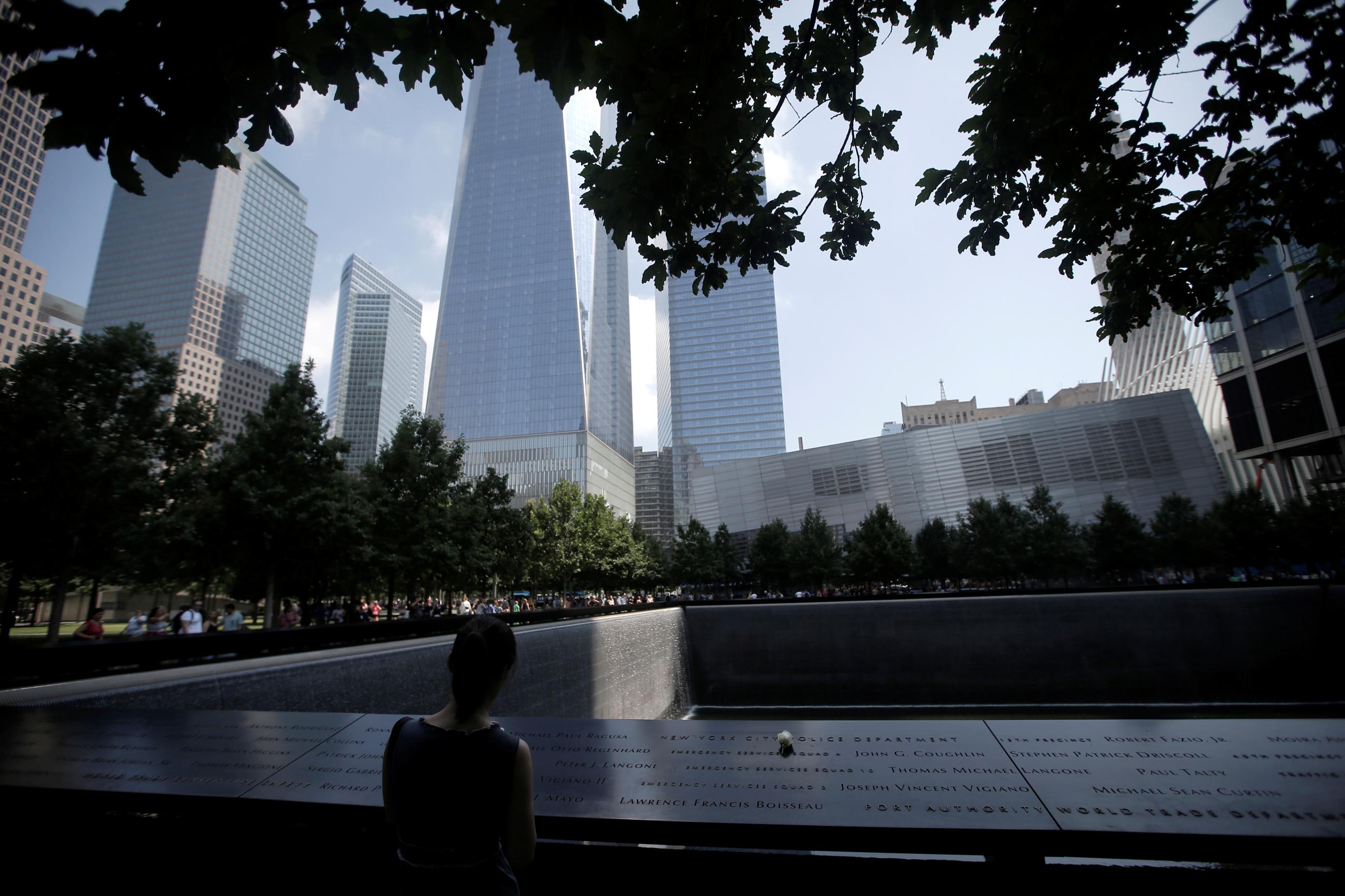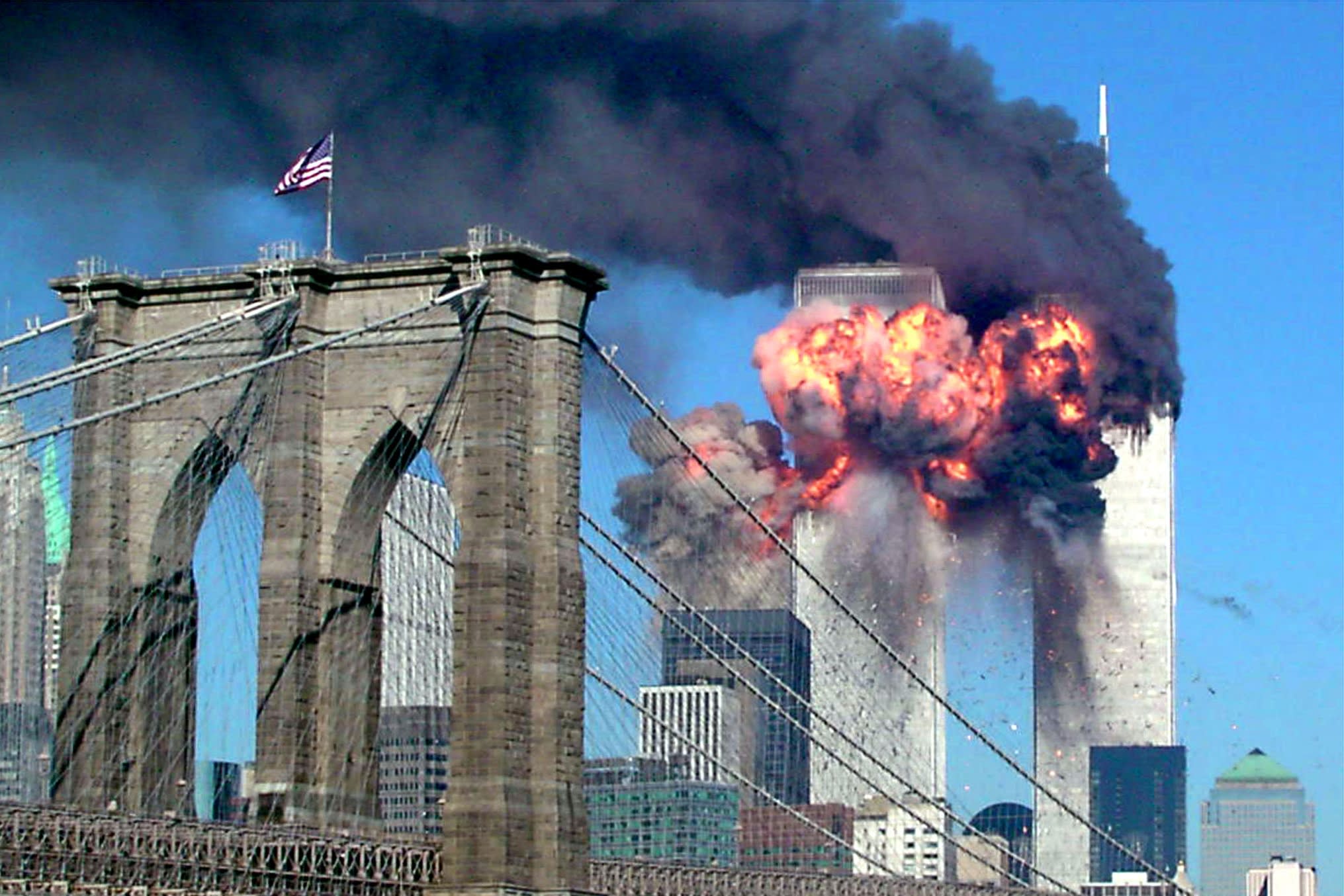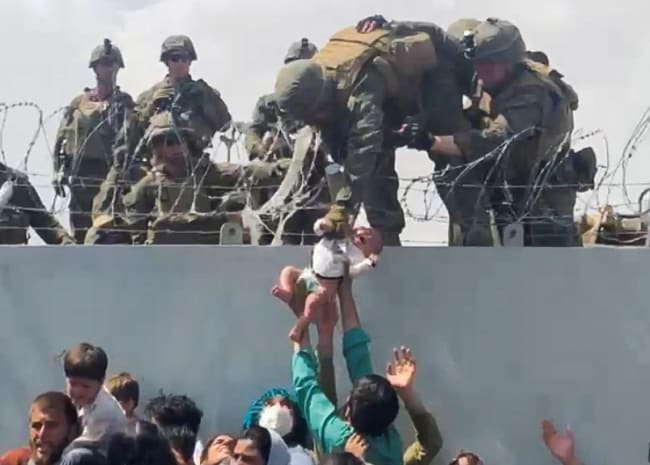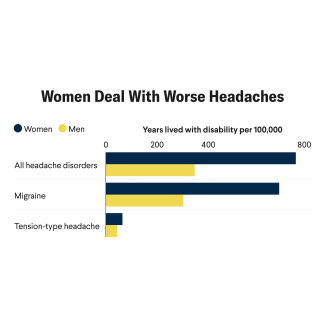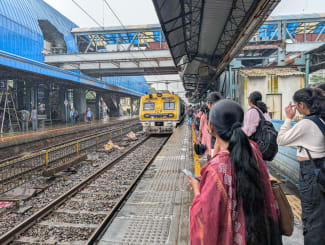The events of 9/11 revealed weaknesses in the United States' emergency response and public health systems at the national and local levels. Physician and former FDA Chief Margaret Hamburg and physician and former CDC Director Tom Frieden—both of whom also served as Commissioners of the New York City Health Department—reflected this week on that devastating day and how emergency preparedness and health care have evolved subsequently.
□ □ □ □ □ □ □ □ □ □ □ □ □
Think Global Health: On the twentieth anniversary of the attacks, what are your thoughts about that day and our progress in public health and emergency response since then?
Tom Frieden: If there's one lesson that's absolutely the most important one learned from 9/11, it is that to be prepared, we need robust everyday systems—systems that work day in and day out, 365 days a year, and can be scaled up. What we don't need is emergency systems that we only use in an emergency. That includes data systems, vaccination systems, registry systems, rapid response systems.
"We need robust everyday systems—systems that work day in and day out, 365 days a year, and can be scaled up"
Tom Frieden
The lesson for me of the last twenty years is that, if you look at what worked in various responses, the systems that work best are systems that work every day. The example of this is not from 9/11, but from H1N1 where the Vaccines for Children Program (VFC) worked really well getting vaccines out. We sent out something like 127,000 shipments to more than 80,000 recipients without a glitch—refrigerated, overnighted, smooth because we had a contractor who built it up and we already had 40,000 pediatricians on the VFC program and we were able to use that backbone. In contrast, when we wanted to get Tamiflu out, we shipped it out to state health departments and they said, "We don't know what to do with it." And it didn't get used. The infrastructure was not in place.
On 9/11 and really after, what we struggled with was monitoring long-term impacts of health events. There were more than 400,000 people who were caught in the dust cloud and we had no system to monitor their health. So we put together the World Trade Center Health Registry over the following years to track health and learn what the health impacts were, and we learned a lot of very important lessons. One was the importance of mental health impacts, including post-traumatic stress disorder, depression, and anxiety disorders. They were as or more disabling even than the lung disease from the dust cloud. And we learned some of the risk factors for long-term mental health impacts, including in first responders. Issues such as not taking breaks, having long work hours, not being familiar with the kind of work being done. In people with previous mental health problems, mental health issues were greatly exacerbated. We saw the importance of preparing for the unpredictable by having systems in place that work well.
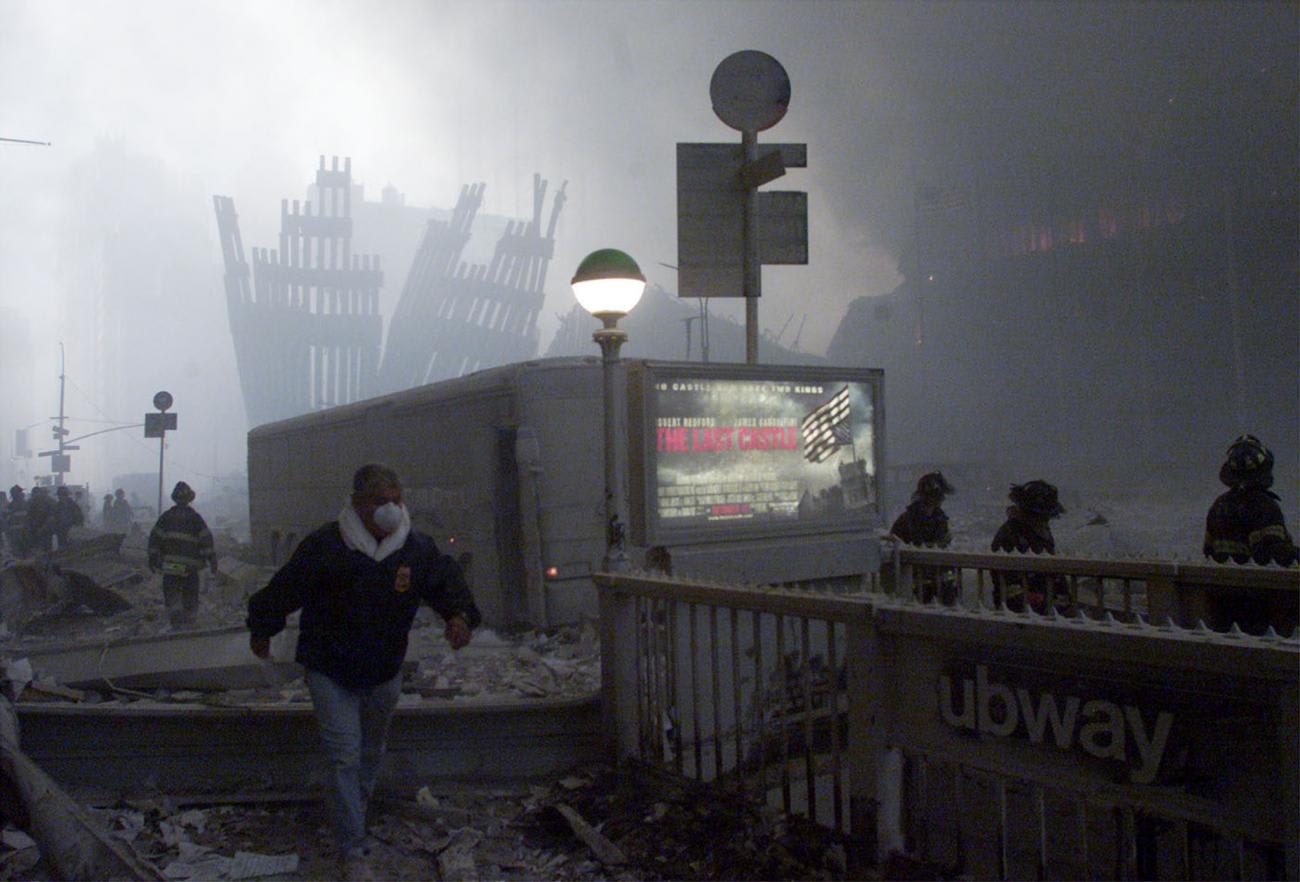
Margaret Hamburg: 9/11 and the anthrax letters were certainly a broad wake-up call that we needed to think about in some new ways—about systems of preparedness and response, and the set of important players in emergency preparedness and response, as well. Certainly with respect to the threat of terrorism, people weren't thinking about public health and medical care issues so much as they were thinking about the intelligence and law enforcement components. We really did start to rethink both the world of public health and health care.
We really needed to rethink both the world of public health and health care, and recognize the critical role they needed to perform as frontline responders. As programs started to be built out following 911 and the anthrax letters, one of the elements that wasn't adequately addressed is what Tom is saying: that you don't want a set of policies and programs that are only designed for "the big one" — the major catastrophe. You want to have strong, resilient systems that can respond to a whole range of potential threats big and small, routine and extremely usual. You want a foundation that is adequately equipped and trained. Ideally, you want systems that can be used and practiced routinely in the world of public health and health care.
"Sadly, there weren't a lot of patients to take care of. But had there been, our health-care system would have been completely overwhelmed"
Margaret Hamburg
In terms of the immediate response to 9/11, there was the recognition that we had to mobilize the health-care system and it was kind of very spontaneous because hospitals hadn't really prepared for these kinds of disasters. And it turned out sadly that there weren't a lot of patients to take care of. But had there been, our health care system would have been completely overwhelmed. Had there been a terrorist attack that had involved some sort of infectious or communicable disease, we would have been totally unequipped for that as well. The experience of responding to 9/11 wasn't the equivalent to responding to a global pandemic like COVID-19.
I also think that nobody was thinking in the early days about the impact on the workers.
There was a lot of debate—and I think Tom was probably closer to it than I was—about how serious or lasting the health threats to workers might be. Sadly, these concerns were under-addressed at the beginning. It is a reminder that early in a crisis, it is crucial not just to be able to mobilize the immediate response but also to anticipate how it will likely unfold in order to get proper systems for longer-term response and support prepared and in place. And also, what are the unanswered questions and gaps in knowledge that can be addressed to enable better policies and actions going forward.
Tom Frieden: I think what Peggy said is so enormously important. If you ask what is the best response to a public health emergency—or for that matter, what is the best public health program—it's a program that continuously learns. And you use the information to continually improve because the nature of public health is that things change. Human behavior changes, microbial behavior changes, and our knowledge of toxicities change. The programs that work best are able to collect that data in real time and respond in real time, and that's why it's so important to have strong health care systems, strong public health systems, and strong connections between the two. The weak connection between health care and public health is a continuing vulnerability in our system.

Think Global Health: What were some of the programs put in place over the past 20 years after 9/11, and did any help with our COVID-19 response?
Tom Frieden: A lot didn't go well with our COVID response. We had a strategic national stockpile, but it didn't have respirators (masks) that were safely re-usable, which was our plan when I left the CDC in 2017. The idea was to buy 10 or 20 million of them, give every health-care worker one of them and they would have their respirators that would be good for the duration of the pandemic. We thought through this. We also knew there would be a ventilator shortage potentially [for patients]. So, we contracted for ventilators and then one of the ventilator companies bought out the practical model the government had contracted for the design of. So we didn't have usable, scalable breathing devices that could be used.
We also had a medical reserve corps, but it really isn't big or practical enough to deal with a nationwide pandemic—it was of limited utility. All things had been anticipated. I think if there's a major lesson that even if you've got a really good public health system, if you've got bad politics, you're going to have problems.
Margaret Hamburg: One of the recurring problems we face in public health, and certainly was true post-9/11 and the anthrax letters, is the notion that there's a crisis and there's a mobilization of concern that often comes with the infusion of new dollars, new programs new policies… but then the problem wanes over time, and complacency sets in. So the programs aren't sustained. The funding goes away and we don't continue to apply the lessons learned in ways that really are adequate to better position us for the next crisis.
We also have a tendency to make investments and develop programs that reflect the crisis we just experienced, and we don't put it into the context of the challenges that are in front of us—the range of potential threats. We need to think not about targeted programs to address what we just saw and experienced, but programs that will give us both the tools to better anticipate what may be emerging for improved early detection and rapid response, but also resiliency in our systems.
"Even if you've got a really good public health system, if you've got bad politics, you're going to have problems"
Tom Frieden
There were a lot of investments made right after 9/11 that were well-intentioned but not sustained, such as building the national stockpile, strengthening disease surveillance, and programs to try to advance medical counter-measure developments— diagnostics, drugs, vaccines—to try to address certain threats. Some of those programs were sound in their conception but poor in their execution, including both underfunding and fragmentation. Unfortunately, some of the programs were throwing money at the problems, but they were based on a poor conceptualization of the nature of the ongoing threat and wishful thinking about where we really were from a technology point of view.
Post-9/11, there was a very strong impulse still among policymakers to view this as a law enforcement, mobilization kind of activity. And not really understanding the nature of public health and public health programs, some of it was not going to be very viable. For example, Tom, do you remember BioWatch? Sensors were put up on utility poles throughout cities and in airports — little "sniffers" to detect both biological agents and potential toxin exposures as I recall. But it was never destined to work. It had huge investments of money, but I think it never had any demonstration of value.
Tom Frieden: Peggy has made a lot of really important points. BioWatch is a classic example of people who don't know much about the area thinking they know better and setting up a huge government program that has little or no value. The larger lesson from that is—and the right answer—fix disease surveillance. And have real time surveillance for real time problems. And that didn't happen and now we're paying for that in COVID.
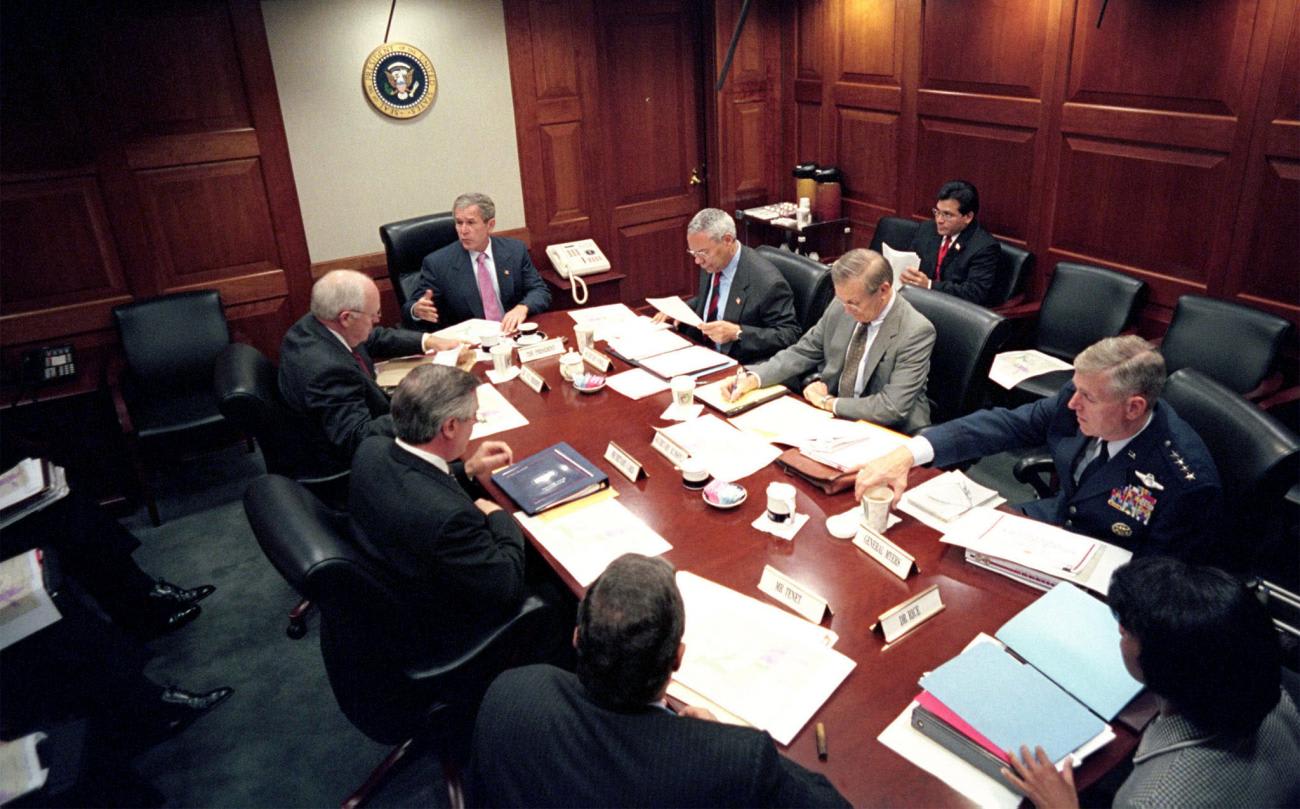
Think Global Health: Why do you think that didn't happen?
Tom Frieden: Because it's not sexy. It doesn't pay contractors huge amounts. It doesn't have aligned interests in Washington with companies that want to sell hundreds of millions of dollars of product regardless of whether or not they are needed or they work. And it requires ongoing effort. The challenge of public health is something you have to do day in and day out—indefinitely.
The broader lesson here is that after 9/11, the military realized they had huge investments that were limited, called supplemental funding. So, they created something called the "OCO," the Overseas Contingency Operations fund. It was a lot of money, tens of billions of dollars. And it allowed them not to have what we call "the funding cliff" in Washington, where you have a lot of money and then it dries up and all the investments you were making and the good things you were doing go away. After Ebola, we had a similar problem.
So what we've suggested is a Health Defense Operations budget designation. Recently, the Bipartisan Policy Center strongly recommended this. idea is you have to have—this gets a little wonky—it can't be regular discretionary funding or you end up fighting Alzheimer's research or Early Health Start and lots of other valuable programs—and you're never going to win. What we've recommended is a discretionary budget budget approach that is cap- and recision-exempt. You say to Congress, you're in charge, you define the lines, you define the amount, you define the reporting and accountability but for these lines — which are our national biological and our chemical and radiological defense — you don't have to offset. These lines are not connected to the discretionary spending limits. I don't know if it'll happen, but it's promising and a way we can break the cycle of panic and neglect.
"The funding goes away and we don't continue to apply the lessons learned in ways that really are adequate to position us for the next crisis"
Think Global Health: Since 9/11, how has the U.S. relationships changed with global partners when it comes to public health?
Tom Frieden: I think what both 9/11 and COVID tell us is that the world really is interconnected. And if there's a problem anywhere, we're all more vulnerable. Whether that's because of a terrorist group or a new terrible microbe that emerges in a place that's not monitoring it well. Interestingly, anywhere there is disaffection from the government and from the health-care system, there's vulnerability. Because something can spread and not be detected and if something is spreading there, it can be very difficult to control.
Just before COVID, there was an outbreak of Ebola in DRC, and it was very hard to control because there was such distrust of the government in that area. In an ideal world, we'd have essentially an early warning system not just for diseases, pathogens, and patterns, but also that identifies where our blind spots are. The equivalent of not having a fire suppression system in a building with many rooms. Because if a fire breaks out there, the whole house is in trouble. The one thing you can't surge in an emergency is trust.
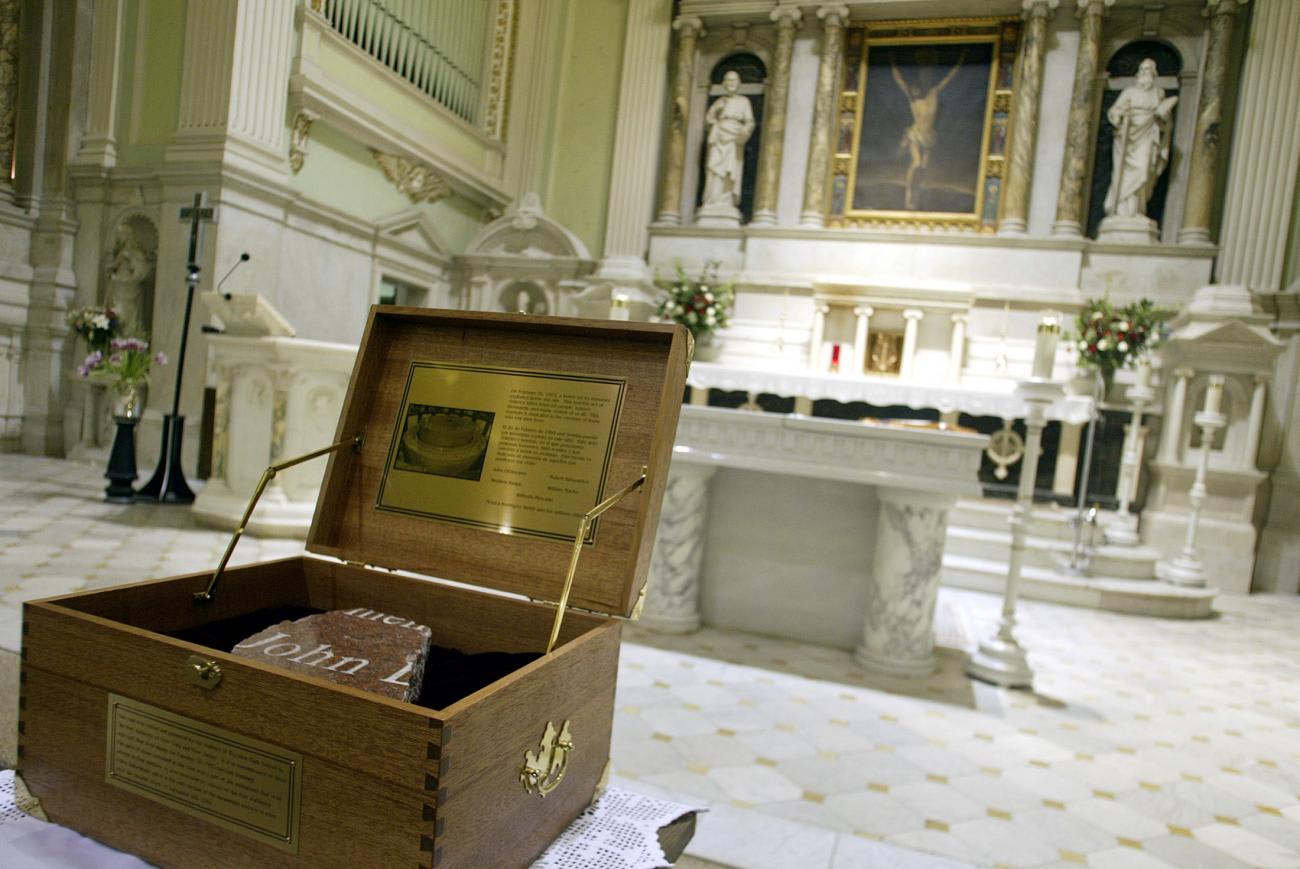
Margaret Hamburg: Obviously, the event of 9/11 and the COVID experience are very different in terms of the nature of the threat but both share the feature that it reflects that we live in a complex globalized world. And that early recognition of emerging threats is very important. I was health commissioner of New York City the first time the World Trade Center was bombed and that was my wake-up call that domestic terrorism was real. The numbers weren't nearly the same and the pictures weren't nearly the same and the mobilization wasn't nearly the same as 9/11, but the message at that time was very clear that we were not done with terrorism in this country and around the world. In New York City, we did start thinking about bioterrorism as a real potential threat based on that first bombing. As health commissioner and protector of the health of the public in the city, I needed to be thinking about it. I saw the use of a biological weapon to do deliberate harm as part of a spectrum of threats that also included naturally occurring infectious diseases threats that were either endemic within the city, resurgent in the city (such as tuberculosis) and also imported diseases because New York City is often the gateway. But I think the lessons learned have been slow and the cycles of crisis and complacency have made it hard to sustain resources and programs.
Think Global Health: How are New Yorkers doing?
Tom Frieden: There is not one New York City, there are dozens of communities. For some, the wounds of 9/11 stay very fresh, with family members lost. For others, you see a city that reinvents itself changes fast, and that's now dealing with an enormous challenge with COVID-19. What's going to happen with offices, Broadway, with clubs, restaurants, and tourism? COVID is a threat to New York City's vibrancy. It knew that it was a bull's eye for terrorists, but it's also a bull's eye for the economic harms of the pandemic.
Margaret Hamburg: New York City intensifies so many of the issues we have in society and I think both 9/11 and COVID were huge, traumatic events for the city but also spoke of the resilience of the city. They have shown how this very diverse city can come together in some critical ways, but also the fissures that remain and divide the city unfortunately make it clear that these kinds of crises can have differential impacts. We need to address these concerns and build systems that really make a difference.
"There is not one New York City, there are dozens of communities"
Think Global Health: On a more personal note, how did 9/11 change the trajectories of your public health careers?
Tom Frieden: I returned to New York City from India in significant part because of 9/11. I left the country and I wasn't planning to come back. I was going to do global health for my career. I was traveling in remote West Bengal on 9/11, out of cell phone range. As I came into range, suddenly I had dozens of messages on my phone. I was traveling with a reporter from the Economist who was also a New Yorker and we got back in time to see the second tower falling on the news, and it was mind boggling. I was born in New York City, I spent most of my professional career there, and if I returned because I felt that if I could do something to help the city recover, I should.
